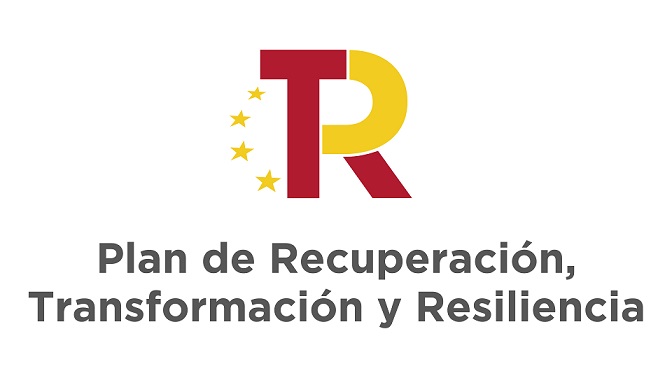Research
Publication (Journal publications)
Spatio-spectral classification of hyperspectral images for brain cancer detection during surgical operations
-
Fabelo, Himar; Ortega, Samuel; Ravi, Daniele; Kiran, B. Ravi; Sosa, Coralia; Bulters, Diederik; Callico, Gustavo M.; Bulstrode, Harry; Szolna, Adam; Pineiro, Juan F.; Kabwama, Silvester; Madroñal Quintín, Daniel; Lazcano López, Raquel; Salvador, Rubén; Juárez Martínez, Eduardo
- Abstract:
- Surgery for brain cancer is a major problem in neurosurgery. The diffuse infiltration into the surrounding normal brain by these tumors makes their accurate identification by the naked eye difficult. Since surgery is the common treatment for brain cancer, an accurate radical resection of the tumor leads to improved survival rates for patients. However, the identification of the tumor boundaries during surgery is challenging. Hyperspectral imaging is a noncontact, non-ionizing and non-invasive technique suitable for medical diagnosis. This study presents the development of a novel classification method taking into account the spatial and spectral characteristics of the hyperspectral images to help neurosurgeons to accurately determine the tumor boundaries in surgical-time during the resection, avoiding excessive excision of normal tissue or unintentionally leaving residual tumor. The algorithm proposed in this study to approach an efficient solution consists of a hybrid framework that combines both supervised and unsupervised machine learning methods. Firstly, a supervised pixel-wise classification using a Support Vector Machine classifier is performed. The generated classification map is spatially homogenized using a one-band representation of the HS cube, employing the Fixed Reference t-Stochastic Neighbors Embedding dimensional reduction algorithm, and performing a K-Nearest Neighbors filtering. The information generated by the supervised stage is combined with a segmentation map obtained via unsupervised clustering employing a Hierarchical K-Means algorithm. The fusion is performed using a majority voting approach that associates each cluster with a certain class. To evaluate the proposed approach, five hyperspectral images of surface of the brain affected by glioblastoma tumor in vivo from five different patients have been used. The final classification maps obtained have been analyzed and validated by specialists. These preliminary results are promising, obtaining an accurate delineation of the tumor area.
- Research areas:
- Year:
- 2018
- Type of Publication:
- Journal publications
- Keywords:
- NONLINEAR DIMENSIONALITY REDUCTION- SUPPORT VECTOR MACHINE- WAVELET ENTROPY-RESECTION- SURGERY
- Journal:
- PLOS ONE
- Volume:
- 13
- Number:
- 3
- Month:
- March
- ISSN:
- 1932-6203
- DOI:
- 10.1371/journal.pone.0193721
Research groups
Estrategic Areas
Contact
Edificio La Arboleda. Campus Sur UPM.
Calle Alan Turing 3
28031 Madrid
Email: web.citsem@upm.es
Tfno: +34 9106 78762
Website: www.citsem.upm.es




